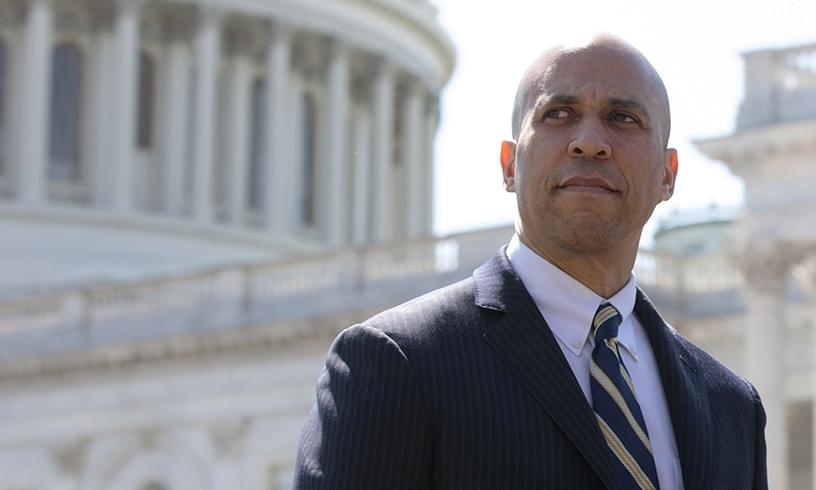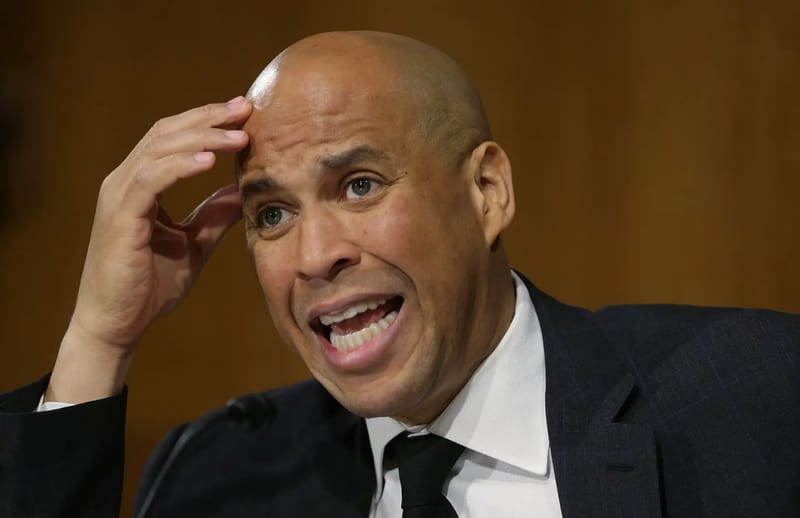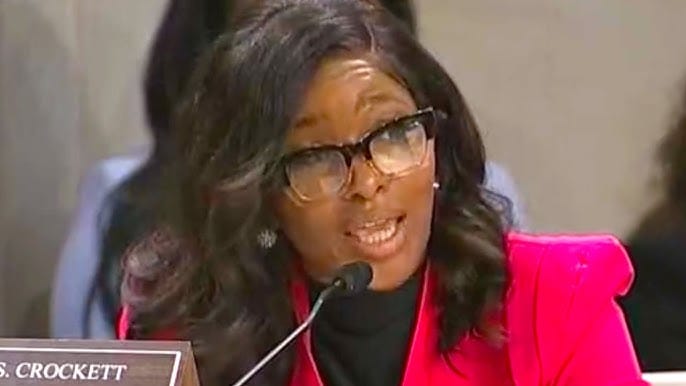Booker Makes History with 19-Hour + Senate Floor Protest Against Trump Policies
By Tuesday afternoon, Booker remained standing, periodically yielding to questions from fellow Democrats but retaining control of the floor. A live stream of his speech garnered tens of thousands of online viewers, reflecting widespread public interest.
WASHINGTON — Sen. Cory Booker, D-N.J., staged a dramatic, nearly 19-hour protest on the Senate floor, delivering an impassioned critique of the Trump administration’s policies in a move that drew national attention and underscored deepening partisan divisions in Washington. The marathon speech, which began Monday evening and stretched into Tuesday afternoon, served as a powerful platform for Democratic dissent.
Booker’s Marathon Speech Captivates the Nation
Booker commenced his address at 7 p.m. EDT Monday, vowing to speak “for as long as I am physically able” to highlight what he deemed the administration’s “complete disregard for the rule of law, the Constitution, and the needs of the American people.” By Tuesday afternoon, he remained standing, periodically yielding to questions from fellow Democrats but retaining control of the floor. A live stream of his speech garnered tens of thousands of online viewers, reflecting widespread public interest.
Key Issues Addressed in the Speech
The New Jersey senator’s remarks spanned a wide array of policy areas, including healthcare, Social Security, immigration, the economy, public education, free speech, and foreign policy. He incorporated personal stories from constituents and cited international commentary to illustrate the administration’s impact on everyday Americans.
“In just 71 days, the president has inflicted harm after harm on Americans’ safety, financial stability, the foundations of our democracy, and any sense of common decency,” Booker said in his opening remarks. “These are not normal times in our nation. And they should not be treated as such in the United States Senate.”
A Strategic Senate Floor Protest
While not a traditional filibuster aimed at blocking specific legislation or nominations, Booker’s prolonged speech effectively disrupted normal Senate proceedings and served as a high-profile platform for Democratic opposition. Under Senate rules, a senator recognized to speak can hold the floor indefinitely, provided they remain standing and continue speaking. To manage the physical demands of his speech, Booker employed the tactic of yielding for questions from his Democratic colleagues, allowing brief vocal rests while maintaining control of the floor. He even had his chair removed to avoid the temptation to sit.
Support from Democratic Colleagues
Throughout Tuesday morning, over a dozen Democratic senators joined Booker on the floor, engaging in discussions related to the topics he raised. They posed questions on issues ranging from Medicaid and tariffs to national security, veterans’ affairs, housing, and agriculture, providing Booker opportunities to elaborate on his criticisms and share concerns from his constituents.
Senate Majority Leader Chuck Schumer, D-N.Y., praised Booker’s endurance and clarity, stating, “Your strength, your fortitude, your clarity have been nothing short of amazing, and all of America is paying attention to what you’re saying.”
A Historic Senate Floor Speech
Booker’s extended address recalled past instances of lengthy Senate floor speeches used to draw attention to political issues. While his effort was significant, it did not surpass the record for the longest continuous speech in Senate history, held by Sen. Strom Thurmond’s 24-hour and 18-minute filibuster in 1957.
The Political Impact of Booker’s Protest
The protest came at a time of heightened tension in Washington, with Democrats debating how best to counter the Trump administration’s agenda. The previous month saw divisions within the party when several Democrats joined Republicans to advance a White House-backed spending bill, frustrating some constituents who had hoped for stronger opposition.
Booker’s decision to take such a prominent stand signaled a determination by at least a segment of the Democratic Party to vocally and visibly challenge the administration’s direction, even without the immediate goal of blocking specific legislative action. The extended speech served as a clear message of opposition and a way to amplify concerns about the administration’s impact on the nation.







